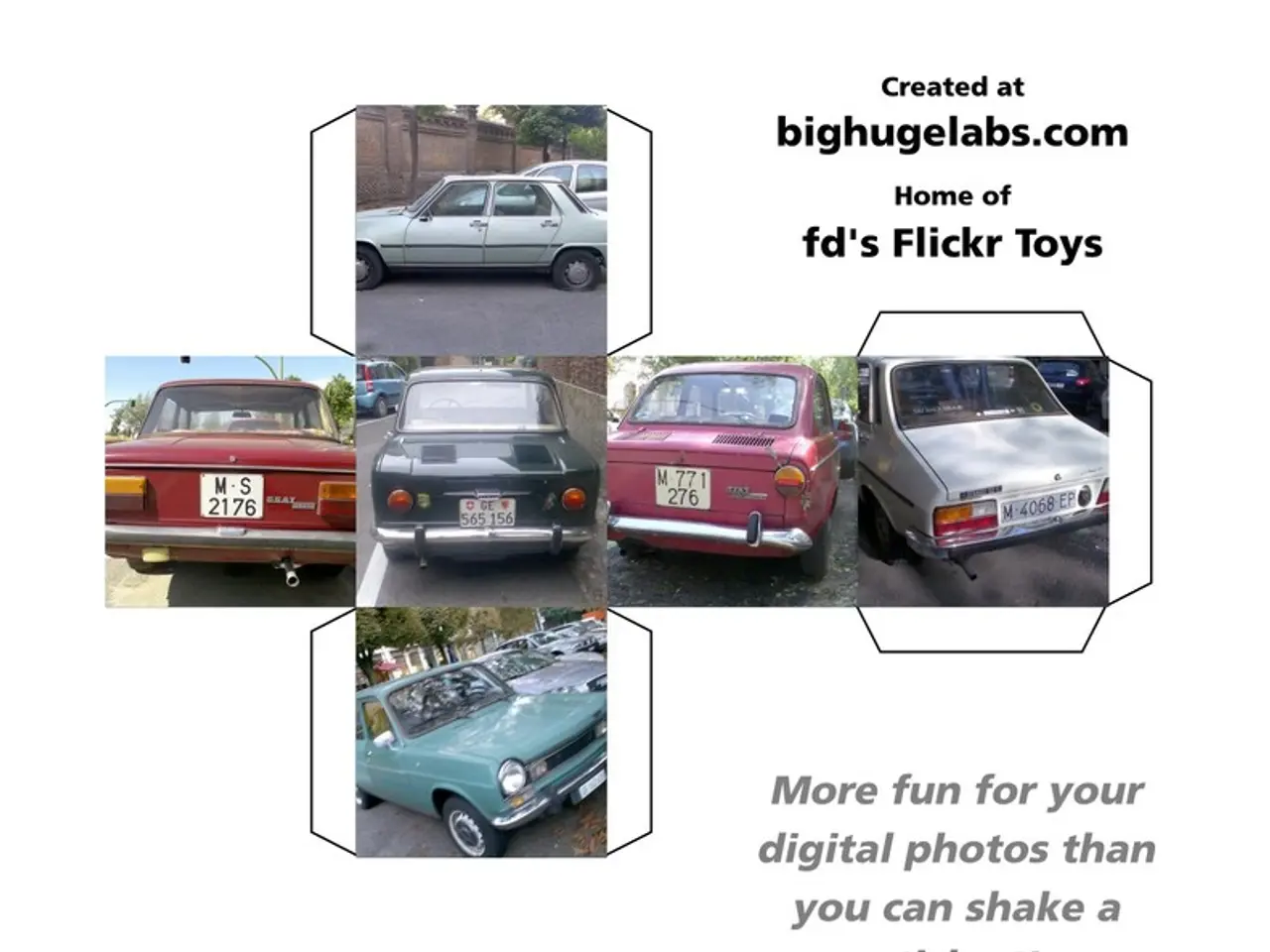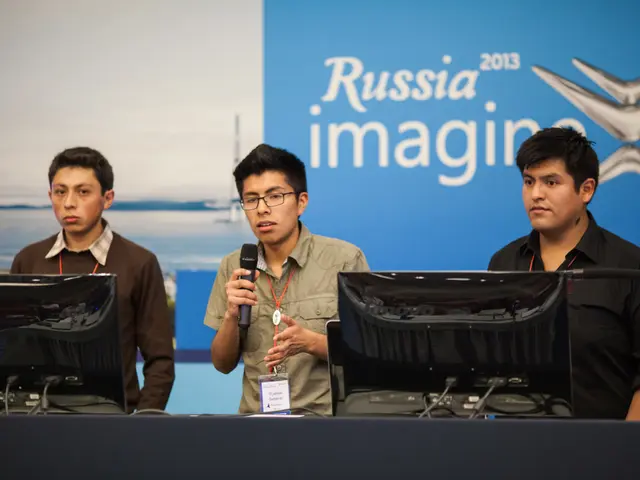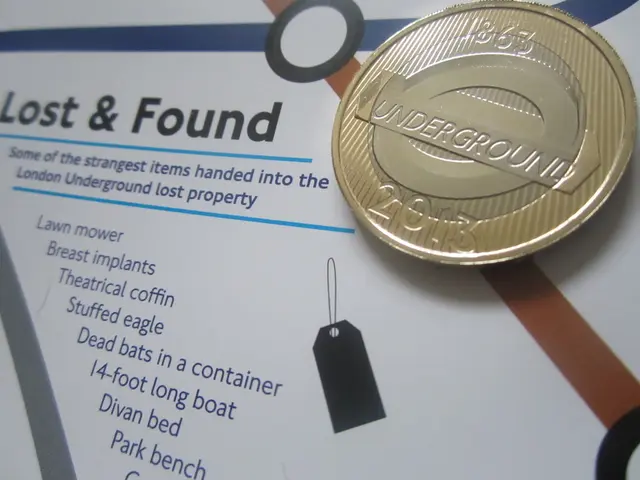Uber Freight's conference focuses on AI advancements, tariffs implications, and the concept of "unprofitable growth"
Uber took center stage this week as its CEO, Dara Khosrowshahi, outlined the company's vision for its next chapter. The conference, Uber Freight's Deliver 2025, took place in Jacksonville, Florida, and attracted over 200 shippers and industry experts.
Khosrowshahi emphasised Uber's focus on growth, freight, and artificial intelligence (AI). He highlighted the company's impressive annualized rate of $200 billion across its businesses, which include ride-hailing, logistics, and food and goods delivery.
In the realm of ride-hailing, Khosrowshahi expressed optimism about autonomous vehicles, calling them a "potential breakthrough" that could improve safety and lower costs. Uber is partnering with companies like Waymo and Aurora to be at the forefront of this shift.
Uber's freight division remains a long-term bet, with the company continuing to invest in end-to-end logistics. Khosrowshahi believes that AI will be a differentiator in the freight industry.
Meanwhile, Uber is expanding its affordable mobility options, such as two- and three-wheeler rides, in Brazil and Mexico. In terms of food and goods delivery, Uber Eats has grown into a marketplace delivering not just meals, but also groceries, electronics, and cosmetics.
However, the economic landscape is not without challenges. Rising U.S. tariffs are pressuring the economy and straining household budgets and supply chains. According to an Uber economist, these tariffs are driving inflationary pressure, with inflation expected to be around 1.3% or 1.4%.
Tariffs mainly affect commodities like clothing, apparel, footwear, leather, and industrial inputs such as machinery, metals, minerals, and electrical equipment. This has resulted in trucking revenues inching up about 5% year over year, while tonnage remains flat and is expected to climb only gradually.
Industry experts project that these tariffs will result in an inflation of about 1.3% or 1.4%. Shippers should normalize modest annual price hikes and brace for higher costs driven by labor scarcity, fiscal deficits, and rising electricity demand from data centers.
Brian Beaulieu, CEO of ITR Economics, projects U.S. GDP will expand steadily through 2029, with freight activity rising as well. Despite this, the next four years are expected to be marked by an era of "profitless prosperity", where growth may not keep pace with profits.
In the face of these challenges, Uber is forging ahead, expanding its partnerships and investing in its future. The company has entered partnerships with the Chinese startup Momenta to test autonomous robotaxis in Germany starting 2026, with initial tests in Munich. It also collaborates with Waymo in parts of the USA and WeRide in the Middle East. Additionally, Uber has a comprehensive partnership with the autonomous technology startup Avride, which operates autonomous delivery robots and robotaxis on Uber's platform in US cities like Dallas and Austin.
As Uber continues to navigate the complexities of the modern economy, its focus on growth, freight, and AI promises an exciting future for the company and its users.
Read also:
- Minimal Essential Synthetic Intelligences Enterprise: Essential Minimum Agents
- Tesla is reportedly staying away from the solid-state battery trend, as suggested by indications from CATL and Panasonic.
- UK automaker, Jaguar Land Rover, to commit £500 million for electric vehicle manufacturing in Merseyside
- Fast-food chain Subway joins the trend of plant-based alternatives, introducing a Beyond Meat meatball sub.






